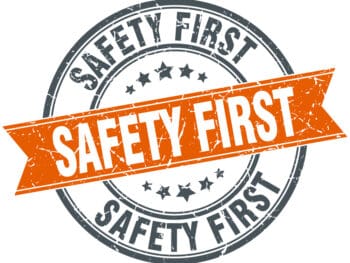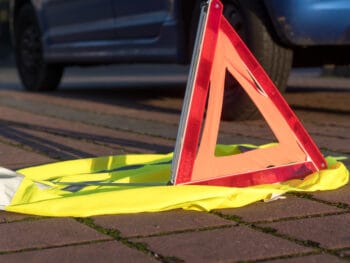
Employers need to be aware of the lengths a dishonest worker may go to fraudulently obtain benefits. Therefore, employees need to be aware of the company’s intention to vigorously pursue all suspicious workers’ compensation claims. It costs a lot less to find, investigate and stop fraud and abuse then to let a healthy employee illegally collect benefits. If you think a claim is fraudulent, then you need to tell your insurance adjuster immediately.
Click Link to Access Free PDF Download
“4-Step Sequence For Effective Employee Screening, Hiring, & Placement”
When to Investigate a Claim
- To verify the extent of an employee’s disability
- If the injury is not consistent with nature of business
- To substantiate the ability of an employee to return to work or perform transitional duty
- To verify whether the employee is engaged in outside employment
- To prove insurance fraud
- To reduce (or increase) the amount of a settlement
- To deter future fraudulent activity
Work closely with your third party administrator to request an investigation. Investigations are not a one-size-fits-all arrangement. Different characteristics of a claim may require different types of investigation. Fraud will not be found in every investigation. However, never investigating will be more costly than investigating every claim.
Types of Investigation
General Investigation
This is an in-depth undertaking, compiling concrete evidence to determine the cause of the accident. To do this you would obtain:
- witness statements
- documents supporting the accident
- photographs
Activity Check
This is a brief surveillance where an investigator makes inquiries to friends and neighbors about the claimant’s daily activities. This may include documenting activities by videotape.
Sub-Rosa Investigation
This is a more comprehensive investigation documenting the employee’s activity level by obtaining a cross-section of the person’s activities on film. Use this investigation judiciously. Hire only qualified, bonded investigation firms. Monitor the investigation closely.
Social Media/Virtual Investigation
This is where a professional conducts an on-line search of social media and other public sites to uncover an employee’s activities that are inconsistent with their claimed physical and medical restrictions. This may include photos of the employee participating in hobbies, sports or other activities, such as working at other jobs.
A Case Study
A California parks worker was apprehended as the result of an investigation conducted by the California Department of Insurance. California charged the worker with presenting a false or fraudulent insurance claim and making false or fraudulent statements to his employer and to his treating physicians.
Over a five-year period, the man reportedly told his doctors:
- He was unemployed
- His injury continued to worsen
- He could not walk or walked with great difficulty, pain and limping, even after surgery to repair the injury
- He made similar statements under oath during a deposition taken when he filed for workers’ compensation.
What an investigation found
- Undercover surveillance video captured the individual walking normally and bearing weight on his left ankle with no indications of pain
- He was videotaped performing work-related activities at an auto-repair shop
- He made inconsistent statements and material misrepresentations regarding the severity of his industrial injury and his employment status during appointments with physicians treating and/or evaluating him
- These inconsistencies were in his sworn deposition testimony taken to file a false workers’ comp insurance claim with the employer’s third-party administrator.
The cost to the employer of his falsely receiving workers’ compensation benefits: $170,000
$38,200 in indemnity benefits
$23,300 in temporary total disability benefits
$14,800 in permanent disability benefits
$38,500 in medical treatment
$ 3,600 in vocational rehabilitation benefits
$50,400 in legal expenses, defense costs, and surveillance/investigation
What was the injury?
He “rolled” his left ankle while painting lines at a tennis court in a city-owned park.
Is anyone asking why it took FIVE YEARS to bring this worker to justice?


Contact: mstack@reduceyourworkerscomp.com.
Workers’ Comp Roundup Blog: https://blog.reduceyourworkerscomp.com/
©2020 Amaxx LLC. All rights reserved under International Copyright Law.
Do not use this information without independent verification. All state laws vary. You should consult with your insurance broker, attorney, or qualified professional.











